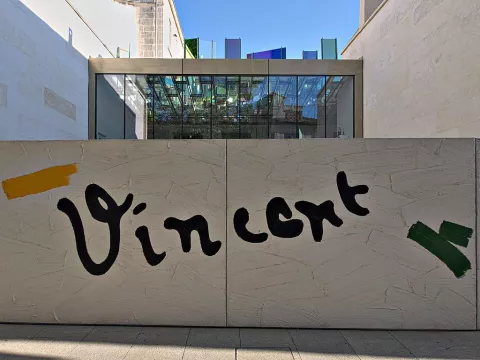Situated on the banks of the Rhône River, Arles is a city steeped in history, boasting exceptional cultural heritage, with eight monuments listed as UNESCO World Heritage Sites. Since its foundation during the Roman era, it has traversed centuries, leaving an enduring mark on France’s historical and artistic landscape.
The Roman Era: A Thriving City
Founded by the Greeks and later conquered by the Romans in 46 BCE, Arles quickly became a prosperous Roman colony known as Arelate. Strategically located on a major trade route connecting Italy to Spain, the city experienced significant economic and cultural growth.
Many monuments from this flourishing era remain:
The Amphitheater (also known as the Arènes), built in the 1st century, could host up to 20,000 spectators for games and gladiator battles.
The Ancient Theater, erected during the reign of Augustus, was a venue for plays and entertainment.
The Baths of Constantine, a remarkable example of Roman thermal architecture.
The Alyscamps, a vast necropolis symbolizing the city’s spiritual importance.
Arles shares commonalities with other major Roman cities such as Nîmes and Barcelona. Like Arles, Nîmes stands out with its iconic monuments, including the Maison Carrée and the Arènes de Nîmes, reflecting Roman influence on local architecture and culture. Similarly, Barcelona retains remnants of its Roman past in the Gothic Quarter, underscoring its significance as an urban center in Roman Hispania. These cities illustrated the economic and cultural prosperity of the Roman Empire while serving as strategic crossroads.





